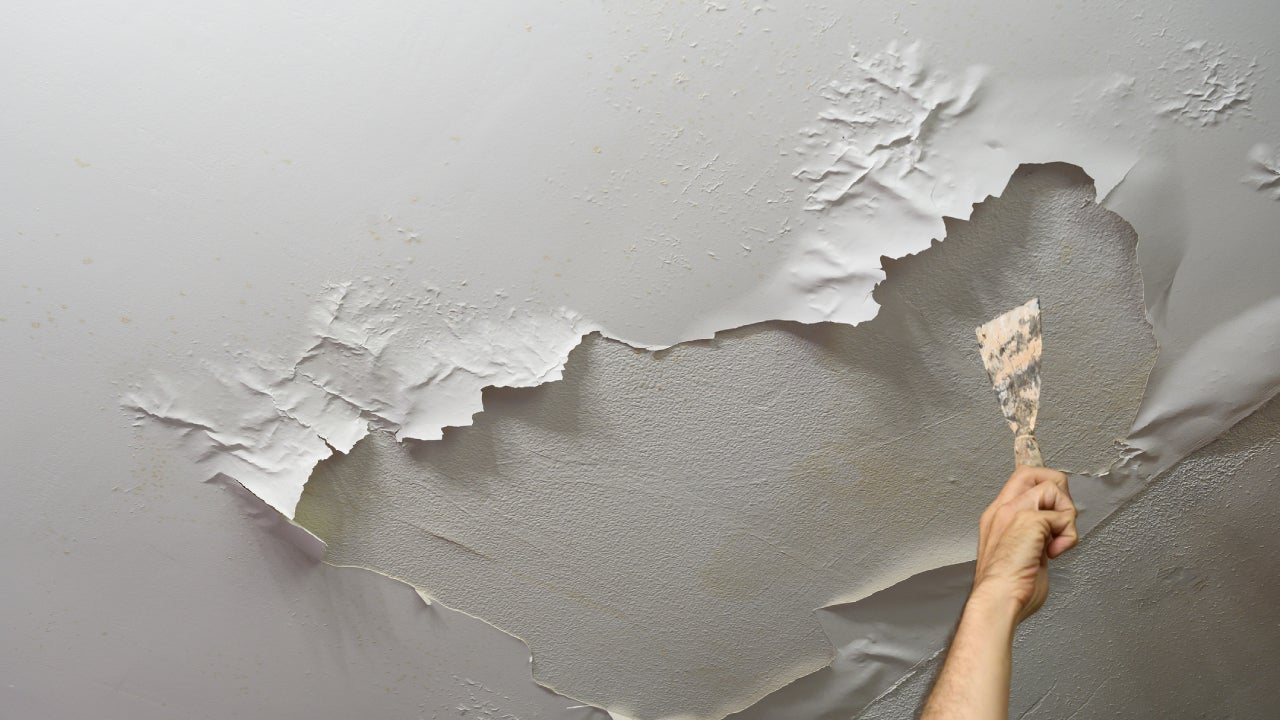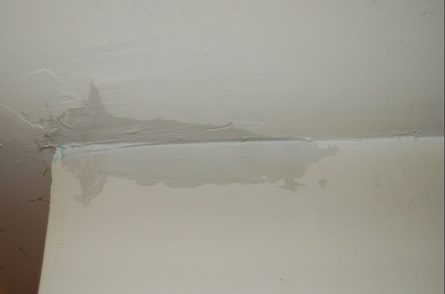We've stumbled upon this post relating to What You Can Do At Home To Prevent Fire And Water Damage directly below on the internet and accepted it made sense to talk about it with you in this article.

Water offers life, yet water invasion on some components where it's not supposed to be can lead to damage and hassle. If the water permeates right into your structure, it can peel away the surface area as well as wear down the material's foundation. Mold and also mold likewise prosper in a moist environment, which can be unsafe for your as well as your family's health. Furthermore, houses with water damages odor old as well as musty.
Water can originate from several resources like hurricanes, floods, ruptured pipelines, leakages, and also sewer problems. If you have water damages, it's far better to have a functioning knowledge of safety preventative measures. Below are a couple of standards on just how to manage water damages.
Do Prioritize Home Insurance Coverage
Seasonal water damages can originate from floodings, seasonal rainfalls, and wind. There is also an event of an unexpected flood, whether it came from a faulty pipeline that all of a sudden bursts right into your home. To secure your residence, obtain residence insurance that covers both acts of God such as natural calamities, and emergencies like damaged plumbing.
Do Not Forget to Turn Off Utilities
When catastrophe strikes and also you remain in a flood-prone area, shut off the main electric circuit. Turning off the power avoids
When water comes in as water offers as a conductor, electrical shocks. Don't neglect to shut off the primary water line valve as a way to stop more damages.
If the floodwaters are obtaining high, maintain your furniture steady as they can move around and also trigger added damages.
Do Remain Proactive and Heed Weather Signals
Tornado floods can be really uncertain. Remain prepared and also positive at all times if you live in an area pestered by floods. Listen to the news and also discharge cautions if you live near a body of water like a creek, river, or lake. Get your belongings and vital papers from the ground floor and also basement, then put them in a refuge as well as the greatest possible degree.
Do Not Neglect the Roof
Your contractor should take care of the damaged rain gutters or any other indications of damage or weakening. An evaluation will certainly stop water from moving down your walls as well as soaking your ceiling.
Do Take Note Of Tiny Leakages
A burst pipe does not happen in a vacuum cleaner or over night. There are red flags that can draw your attention and indicate to you some damaged pipelines in your home. Indicators of warnings in your pipelines consist of gurgling paint, peeling wallpaper, water touches, water stains, or dripping noises behind the wall surfaces. There are signs that the pipe will rupture. If you see these signs, don't await a rise. Repair work and inspect your plumbing fixed before it causes substantial damages to your residence, finances, and an individual problem.
Do Not Panic in Case of a Ruptured Pipeline
Keeping your clearheadedness is important in a time of dilemma. Worrying will just intensify the issue because it will suppress you from acting quick. Panic will also offer you extra anxiety. Timing is essential when it involves water damages. The longer you wait, the more damages you can expect and also the most awful the results can be. Quickly shut off your primary water shutoff to reduce off the source and prevent even more damage if a pipeline bursts in your home. Disconnect all electric outlets in the location or switch off the circuit breaker for that part of your home. Call a credible water damages repair specialist for support.
Water offers life, yet water invasion on some components where it's not intended to be can result in damage as well as trouble. In enhancement, houses with water damages odor stuffy and old.
Seasonal water damages can come from floods, seasonal rains, and also wind. Indications of red flags in your pipelines include gurgling paint, peeling wallpaper, water streaks, water discolorations, or dripping sounds behind the wall surfaces. If a pipe bursts in your house, quickly shut off your major water valve to cut off the source and protect against even more damage.
Ask Our Experts: Do’s and Don’ts After Water Damage
What Does Water Damage Look Like?
There are three basic types of water damage:
Clean water. Clean water does not pose an immediate risk to your health. Maybe your sink overflowed, or one of your pipes burst. Both scenarios are examples of clean water damage. Grey water. Grey water likely contains potentially dangerous contaminants. If your dishwasher leaks, you are dealing with a grey water damage situation. Black water. Black water is unquestionably dirty water, and exposure to it is bad for your health. A sewage backup in your home is an example of black water damage. The Do’s and Don’ts: Steps to Take and Not Take as Soon as You Detect Water Damage
The second you discover a problem in your home, you can take action and get yourself on the road to water damage cleanup and restoration:
Clean up what you can. Professionals will be able to help you with the heavy lifting, but the time before anyone arrives to help is valuable. Do your best to remove standing water with sponges, mops and rags. Move what valuables and belongings you can out of the way of the water. Remove wet rugs from the area. Ventilate. Mildew and mold are two of the biggest problems that accompany water damage. As soon as you notice a leak and/or water damage, do your best to ventilate the area. Open your windows. During the summer, turn on the air conditioning. During the winter, you can alternate between turning on the heat and opening the windows. Freeze valuable documents. If you find wet papers, you might not be able to dry them right away. To slow down early mildew growth, you can freeze documents. Later, you can take time to dry and preserve them carefully. Take pictures. No one wants to remember how their home looked while it was water damaged, but pictures are an important part of the documentation required for insurance purposes. You can take them with your phone or camera to show the extent of the damage. Call your insurance company. Water damage repair can be expensive. You will want to call your insurance company right away to inform them that you will be making a claim. Contact Tuckey Restoration, Inc. Water restoration is most effective when handled by professionals. Reach out to us for help getting your home restored. We have a 24/7 hotline for urgent issues and an online contact form. What to Do in the First 24 Hours After Water Damage
The first 24 hours after you discover water damage are critical. Here are a few steps to take immediately:
Shut off the water. If the water damage is the result of leaking pipes or a backed-up appliance, turn off the water source to prevent any more water from entering your home. Turn off the electricity. Water and electricity are a bad combination. Once you have discovered where the water is leaking from and where it is going, shut off the power in affected rooms. You should take this important safety measure before attempting any cleanup efforts. Make the right calls. We already mentioned that you should get in touch with your insurance company and a restoration expert, but we can’t stress how important these two steps are. The sooner you get in touch with both, the sooner you can get your home and your life back to normal. Minimize the damage. Seeing what water damage does might leave you feeling completely helpless, but there are things you can do in the first 24 hours to keep the situation from getting any worse. Think about the tips we talked about earlier. Ventilate flooded areas as soon as possible. Move what you can away from the source of the leak and any affected areas. Dry out anything you can. Looking Ahead: How to Protect Your Home From Water Leaks and Damage
An ounce of prevention is worth a pound of cure, as the old saying goes. This is certainly the case when it comes to water damage. Here are a few tips to help you prevent water damage in your home:
Know how to check for leaks. We talked about the top signs of leaks earlier in this article. Carefully monitor your water bill, and always investigate any suspicious signs like mold, mildew or unpleasant smells. Maintain your appliances and your roof. Leaks and subsequent water damage are often the results of poor maintenance. Make sure your washing machine hoses are up-to-date. Keep an eye on other appliances like dishwashers. You should also be mindful of your roof. Are there any shingles missing? If you notice your roof needs work, don’t put it off. Clean out your gutters. Gutters are designed to give your home proper drainage during rainstorms, but they can’t do their job while clogged. Blocked gutters can send water seeping through your roof and into your home’s foundation, so add cleaning them to your to-do list. Maintain your outdoor plants and trees. It is important to know the location of your home’s pipes when you are maintaining and planting in your yard. Strong roots from shrubs and trees have the potential to grow around pipes and cause leaks. Consider buying water detection devices. You probably do not want to spend much time thinking about and searching for leaks. Save yourself some time and buy some peace of mind with water detection devices. You can install this equipment near common sources of leaks like sump pumps and water heaters. There are also Wi-Fi enabled systems on that market that not only beep, but also send you an e-mail or text notification if water is detected. Tuckey can assist in procuring and installing this type of automated equipment.

Hopefully you liked our topic on What You Can Do At Home To Prevent Fire And Water Damage. Thank you for spending some time to read through our article. Are you aware of another person who is excited about Preventing Fires and Water Damage In Your Home? Do not hesitate to share it. Thank you so much for taking the time to read it.